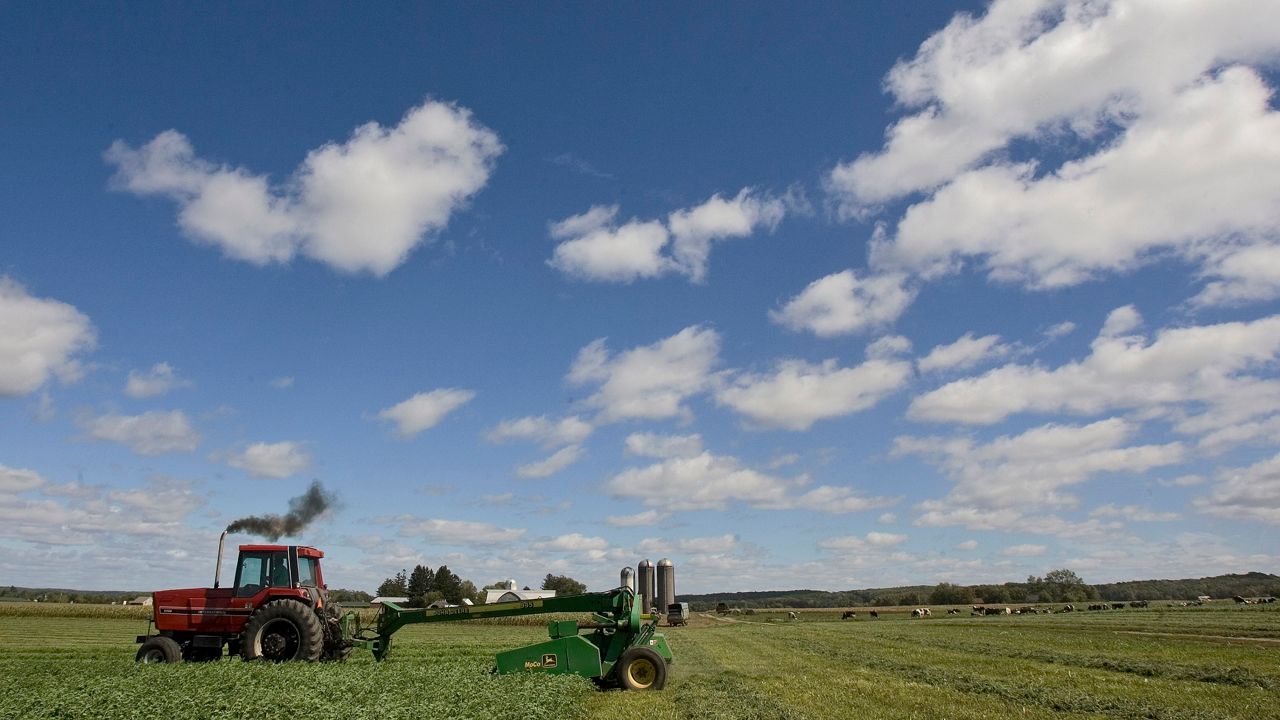MADISON, Wis. — Across Wisconsin, climate change is no longer a prediction. It’s a current reality, as a new report from the Wisconsin Initiative for Climate Change Impacts makes clear.
What You Need To Know
- The latest WICCI report details how Wisconsin's warmer, wetter climate is affecting the state
- The past decade was the wettest on record for the state, with a high number of extreme weather events, while average temperatures are also on the uptick
- Climate change has wide-ranging impacts in Wisconsin, threatening wildlife, human health and industry
- The report offers solutions to slow climate change and prepare for a warmer, wetter future
“Climate change is happening here and now,” said WICCI co-director Steve Vavrus, a senior scientist at UW-Madison’s Nelson Institute for Environmental Studies. “It's not just a concern for the future — although it certainly is a concern, too, for the future.”
WICCI — which is led by the Nelson Institute and the Department of Natural Resources — brought together hundreds of scientists and other Wisconsinites for its new assessment report, which was published this month. The report lays out the science of how Wisconsin’s climate is already changing, and how to prepare for our climate future.
Since 2011, when WICCI released its last assessment report, the state’s overall trends have continued — “in some cases with exclamation points,” Vavrus said.
Wisconsin has kept getting warmer and wetter, with an uptick in extreme weather events, according to the report. The state’s average daily temperature is up around 3 degrees Farenheit since the 1950s, and average precipitation has increased by almost 20%.
Those shifts are already changing the Badger State as we know it, the report explains.
“This is a fundamentally different climate we're living in now than we did decades ago,” Vavrus said. “And with that comes a whole variety of impacts and consequences.”
Wisconsin, transformed
The past two decades have been the warmest ever recorded in Wisconsin, according to the report, and the past decade has been the wettest.
A lot of that precipitation has come in the form of extreme weather events. For example, 100-year storms — which are only supposed to happen around once every century — have been turning up much more often than that: Wisconsin has seen more than 20 in the past decade, according to the WICCI report.
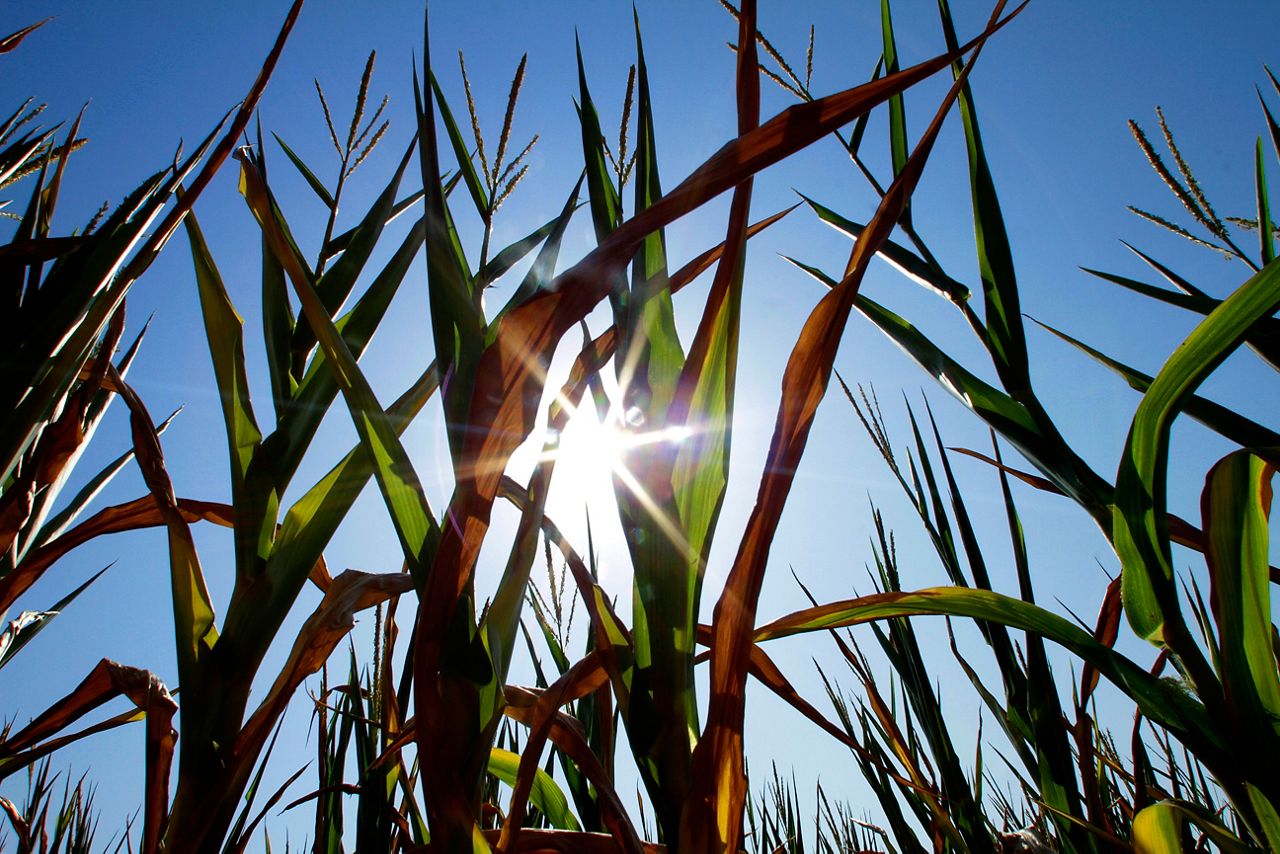
On the warming side, nighttime temperatures are rising faster than daytime ones, researchers reported. And winter is heating up the most of any season, with higher average temperatures and fewer periods of extreme cold.
These overall trends are transforming every corner of our state, as the report details.
The Great Lakes are buffeting shorelines as they move between higher highs and lower lows. Heavy rains are flooding city streets and washing pollutants into Wisconsin’s waters, while summer droughts are drying out forests up north.
In a state that is “world-renowned for its diversity of wildlife,” as the authors write, these shifts bring big challenges for the natural world, including some iconic Wisconsin species.
Wild rice, a culturally important plant for the Ojibwe tribes, is vulnerable to swings in water levels and shifting temperatures. And the snowshoe hare, which turns white in the winter to hide from predators, is losing its camouflage as snow cover gets thinner.
“The idea that we are losing these native species is sad to us,” UW-Madison professor Jonathan Pauli said in the report. “For me, northern Wisconsin without snowshoe hares will feel incomplete, and I think it would be the same to many others.”
Of course, Wisconsin’s humans are also vulnerable to these shifts. A warmer, wetter climate can take a direct toll on human health — from extreme heat waves that stress the body’s systems to storms that flush harmful substances into drinking water.
The ways Wisconsinites make their living could also be in danger, as the report details. Leading industries, like tourism, forestry and agriculture all rely on seasonal cycles that are becoming less and less predictable.
“Farmers are at the frontlines of climate change,” Vavrus said. “Their livelihoods are affected by day-to-day weather fluctuations.”
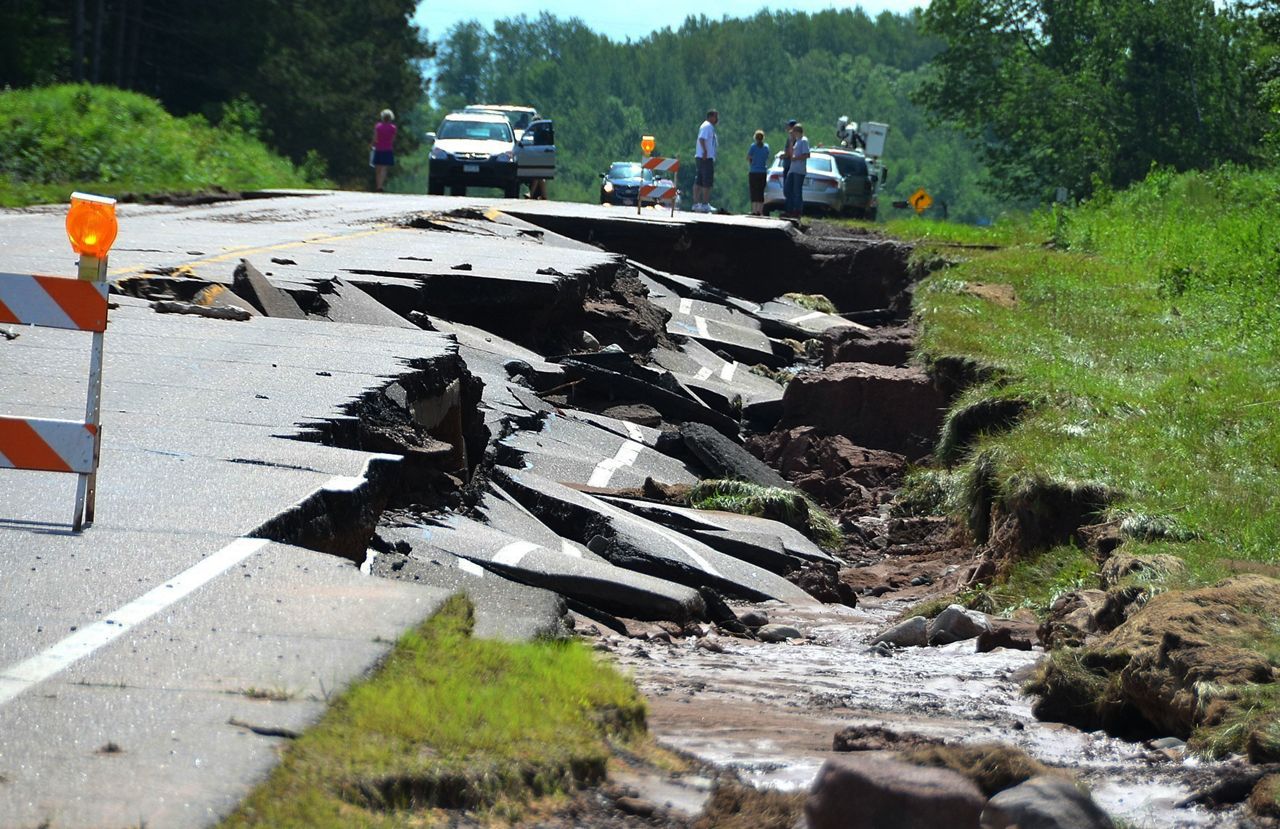
Facing our climate future
Thinking about these looming challenges, “it’s easy to get overwhelmed and feel despair,” Vavrus said. But the WICCI report isn’t just about the risks: The assessment is also designed to highlight ways Wisconsin can take action against climate change.
“We need hope and we need courage when it comes to tackling climate change,” Vavrus said. “It's got to be an all-hands-on-deck effort, because climate affects us all in so many different ways.”
Some of the report’s solutions focus on mitigation — where “you try to find ways to reduce the climate change problem to begin with,” Vavrus explained, like by reducing greenhouse gas emissions. That can include using farming practices to store more carbon in the soil instead of in the air, or building with materials that have a smaller carbon footprint, he said.
Other strategies take on more of an adaptation mindset, finding ways to support Wisconsin’s people and resources in a shifting climate. Updating infrastructure to deal with future climate conditions, keeping protected areas for vulnerable species and creating public alert systems for climate disasters could all play a role, the report suggests.
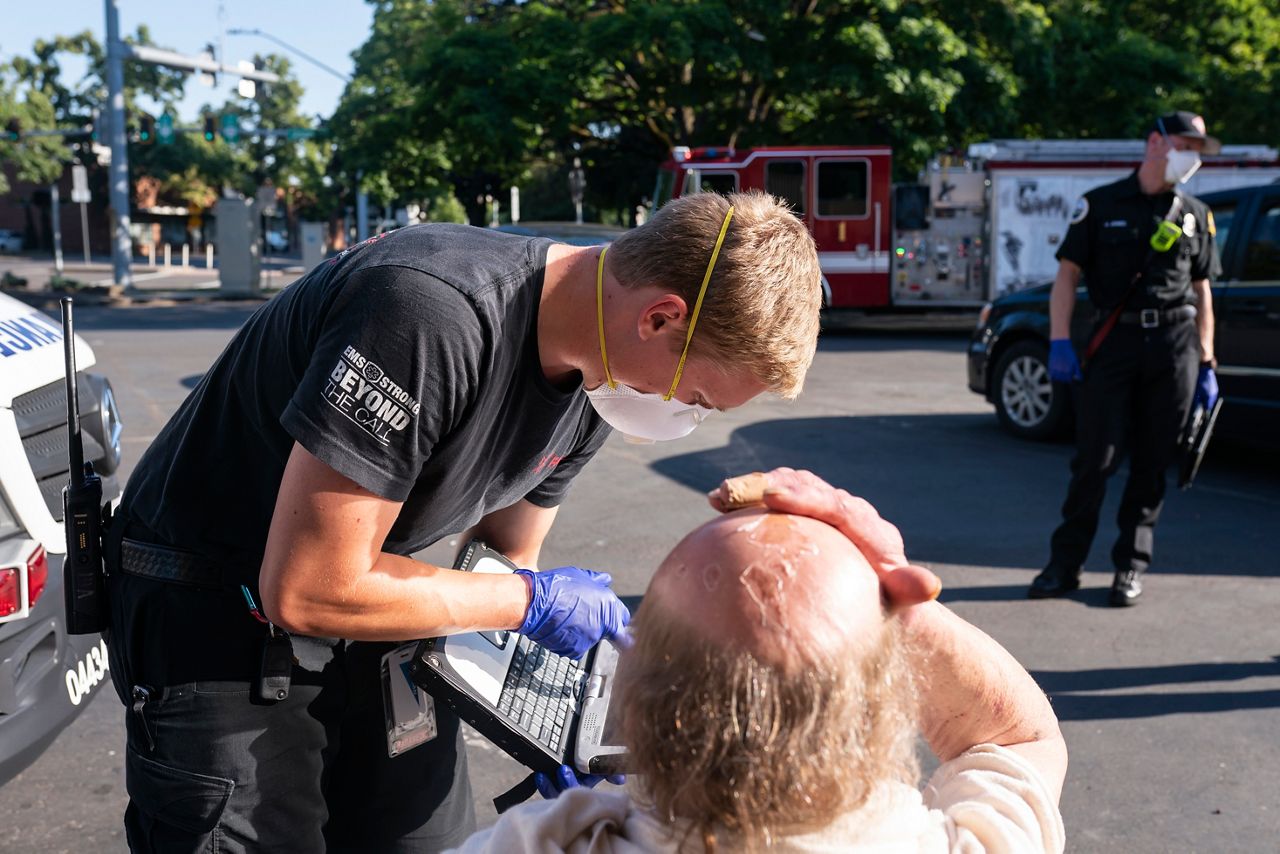
In all of this, it’s important to keep in mind that climate change doesn’t affect everyone equally, Vavrus said.
“Even though we experience the same climate, the same extreme weather, as our neighbors and other people in the state,” Vavrus said, “some residents are a lot better able to cope with the impacts than others.”
The report emphasizes how communities that are already at a disadvantage — like low-income residents, or communities of color — “suffer the greatest harms and risks from climate impacts.”
Historically redlined areas tend to face more risks from floods, heat and other extreme weather. And, as Vavrus pointed out, not everyone will be able to “up and migrate” to a more favorable location if their current home becomes less safe: Some may not have the financial means, while others, like Wisconsin’s tribal communities, have deep ties to the land they’re on.
The COVID-19 pandemic has already primed us to recognize how disasters fall harder on certain groups, Vavrus pointed out. And keeping those disparities in mind is essential to make sure our future climate plans are equitable, the report’s authors write.
‘The future is up to us’
Throughout the WICCI report, many Wisconsinites shared their stories of dealing with and thinking about climate change, including the young people who have grown up with these concerns at the forefront.
“Personally, the way I like to view climate change is to be realistic,” Stephanie Janeth Salgado Altamirano, co-founder of Youth Climate Action in Madison, said in the report. “We will have to deal with climate change by 2050, one way or another.”
Vavrus agreed that there’s no doubt our future will look different. In reality, there’s enough warming already “in the pipeline” that even if we cut our emissions to zero today, we would still see the climate keep changing, he said.
But he also pointed out that thinking about climate change in binary terms — either we stop climate change, or we don’t — is not accurate. There’s still a lot of room left for us to pump the brakes on our changing climate, he explained.
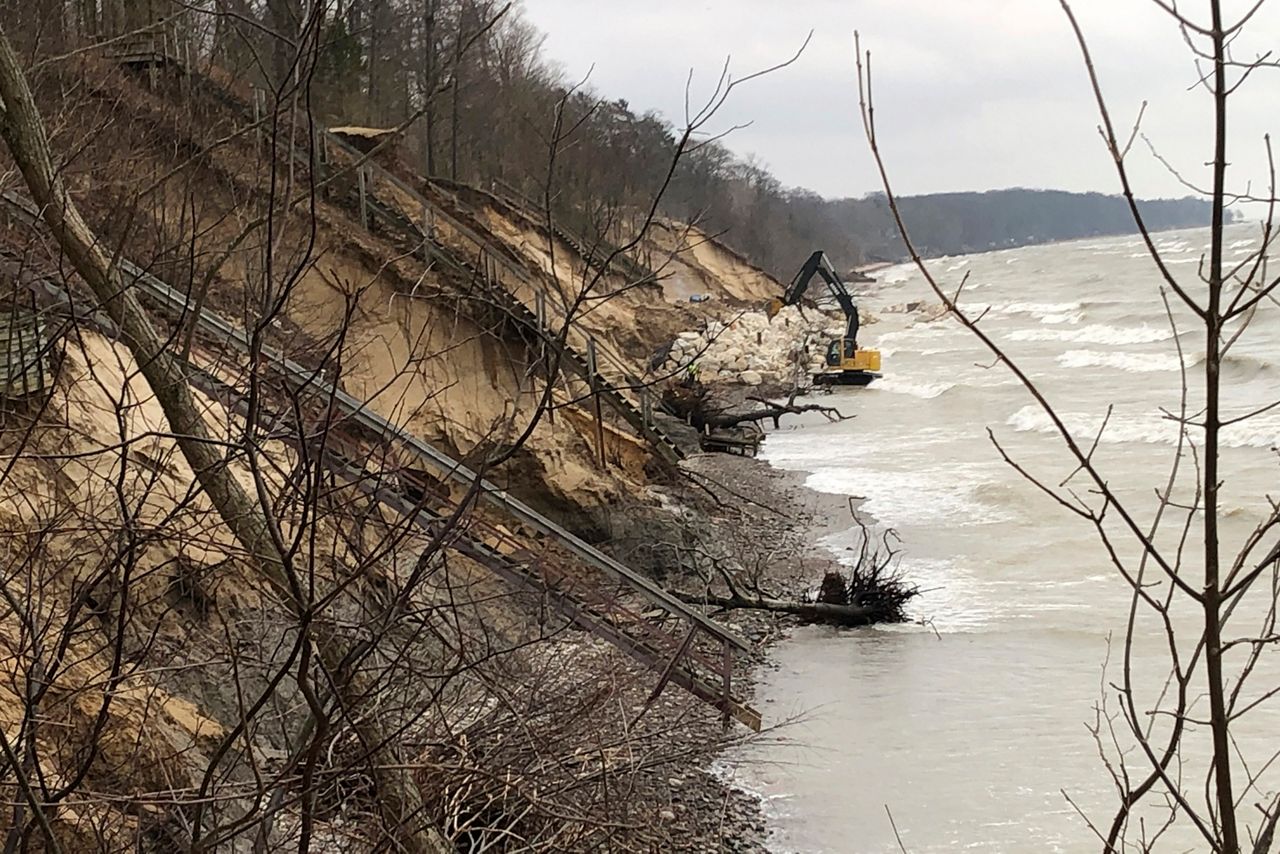
“It’s like a runaway train,” Vavrus said. “The first thing you have to do is slow the train down, and then bring it to a stop, and then move it backwards.”
WICCI researchers project that even with lower greenhouse gas emissions, Wisconsin will still get warmer by the middle of this century. The state’s average weather will probably look a lot like what are currently the hottest years on record.
By the end of the century, though, the WICCI projections look very different depending on how much the world is able to cut back on its greenhouse gas emissions. If those emissions stay high, Wisconsin will see 6 degrees Farenheit more warming than if they’re cut down to a mid-range level, the report details.
That gap could have huge significance since, as authors stress, “each additional degree of warming will intensify the climate impacts described in this report.”
Since WICCI’s last report in 2011, Vavrus said he’s seen more of the public pay attention to the issue of climate change — after all, many people have now felt its effects firsthand. But even as climate denial has faded, climate despair has presented new problems, with some people thinking the issue is just too big to tackle.
With the report, Vavrus said the WICCI team hopes to show that there are still ways to make a difference.
“The future is up to us,” Vavrus said. “This is a human-made problem, and it has human-made solutions. But we really need to act quickly.”



